How Much Does it Cost to Retrofit a Heat Pump & How Much Can You Save?
For any homeowner looking at making energy efficiency improvements, heat pumps are now a firm contender in the list of options. Two of the most common questions about this tech are “how much does it cost to install a heat pump?” and “what savings can I expect?” These queries may seem simple, but in fact they’re complex and highly nuanced.
If you’re self building, everything will be brand new – so, with careful planning, there shouldn’t be any unexpected surprises. In an existing home it’s not that simple, as there can be many hidden issues.
If you’re retrofitting a heat pump, therefore, the price won’t simply come down to the cost of the materials and a bit of labour time: you need to dig a little deeper to fully understand the implications for your project. So, in this article, we’re looking beyond the basics and exploring the additional considerations you need to account for when installing a heat pump.
Can You Retrofit All Types of Heat Pump?
As with any purchase, not all heat pumps are equal – the materials and components can vary in quality, which will inevitably influence the cost. Beyond that, one of the biggest factors will be the type of appliance you choose.
A ground source heat pump (GSHP) requires a large network of collector pipes, buried in the earth, as the energy source. Horizontal loops are typically set in trenches about 1.5m deep, and might cover an area of around 400m² to 500m² to satisfy demand from an average home. The excavation, and subsequent making good of the garden, are labour intensive and will inevitably bring significant cost.
The alternative is vertical borehole collectors, which need specialist drilling rigs, plus design from a suitably qualified geologist to ensure the ground conditions do, in fact, contain enough heat to meet the demand of the home. Expect costs for a vertical collector to range from £8,000 upwards, for an average home. The GSHP itself usually sits inside the home. It’s the same size as a tall fridge (some are smaller) but has pipe connections to the ground loop and also to the home, that need space allocation.
By contract, an air source heat pump (ASHP) has no ground loop and sits outside the home. This makes it a less expensive option to install than a GSHP – although, all else being equal, ground source systems do tend to offer slightly better performance in use. But the rest of a heat pump system is where install costs start to add up.
CASE STUDY Barn conversion with a ground source heat pumpGeraint and Mererid Roberts installed a 13kW Kensa Evo GSHP as part of their project to convert a 300-year-old barn, which was stripped back and insulated to modern standards.
The GSHP, hot water cylinder and buffer tank are housed in a utility room, with heat collected via coiled slinky pipes laid horizontally in trenches.
“We’re delighted with our Kensa heat pump and have recommended it to other people,” says Geraint. “Even in snowy weather, every corner of the barn is cosy and warm.” |
Where Should a Heat Pump be Located?
When replacing an old heating system, most of the existing pipework will be located where the boiler is. Ideally, you’d fit the heat pump’s hot water cylinder (a special type with a bigger heat exchanger) in the same spot as the previous one. That’s assuming there is a cylinder; there won’t be if you have a combi boiler. You can then run the pipework and electrics from the old boiler position to the heat pump.
If the heat pump is on the outside of a room that houses the boiler and cylinder, this will be a simple straight-through installation. So, the fitting costs will be lower than if the pipework and electrics need to be rerouted through the home (which would mean the installers need to chase walls, lift floors and dig trenches in the garden).
Heat Emitters & Distribution
Your home’s current central heating system will almost certainly have been designed for high flow temperatures from a boiler, and a temperature difference across the radiators of 20°C (so the water returns to the boiler 20°C cooler than it was supplied). A heat pump, by contrast, runs at a low flow temp and can accommodate only a 5°C difference, so the system needs to be sized to suit.
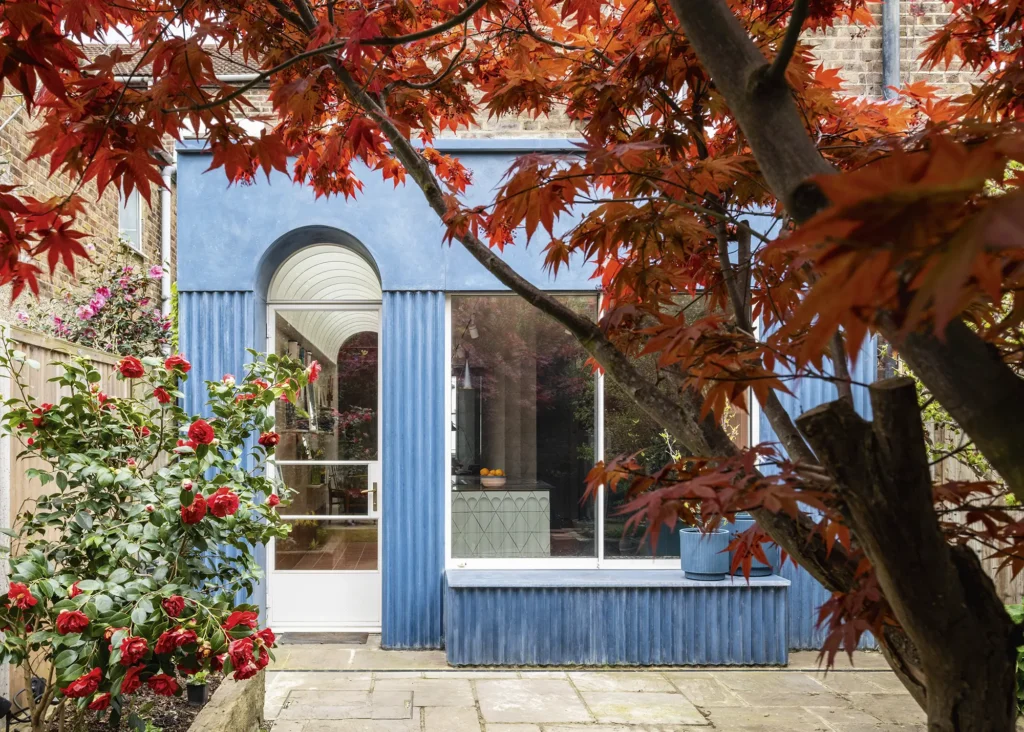
Inspired by the homeowners’ love of art, design and architecture, this Victorian house renovation by Bradley Van Der Straeten Architects embraces eye-catching medley of textures, colours and patterns. Elsewhere, an air source heat pump – powered by a brand-new solar PV array – generates heating and hot water. Photo: French + Tye
Good flow is vitally important for a heat pump to work effectively, so the existing radiator system will need to be properly flushed. Some emitters may need to be changed due to age or corrosion, or simply because they are too small to warm rooms efficiently at a lower temperature. The pipework may also not be ideal. Old single-pipe configurations (where the radiators are on a single circuit, which acts as both flow and return) are not suitable for heat pumps, so would need upgrading.
Furthermore, small or micro bore pipes (popularised in the 1970s, and typically 8mm or 10mm in diameter) will introduce additional resistance in the system. Often, they cannot carry enough flow to meet demand in a heat pump setup. If small bore is present in your home, then some or possibly all the pipework will need to be changed – adding significant disruption
and cost.
CLOSER LOOK Should you opt for a local installer or large company?There are several different routes to installing a heat pump. Small independent fitters may charge a bit more, but they’ll often have the flexibility to vary the installation to suit your needs. Large firms, meanwhile, often like to stick to a formula. This is great if your project fits the formula, as you can be confident there is experience in the team and hopefully no surprises. They buy in volume and have a deep understanding of their products and the scope of works for installation. Some of them will handle your network permission applications, remove your old boiler, cap the meter (if required) and manage any incentive payments. If you need anything outside their formula, however, you will probably be better off looking at a more bespoke system from an independent installer. One is not necessarily better than the other; they are simply different solutions for different situations. |
How Much Work Does Retrofitting a Heat Pump Involve?
There are many hidden costs to navigate with prep and remedial works. There’s no getting away from the fact disruptive works always need to be put right. Bear in mind heating installers are specialists in their field, but may not be multiskilled enough to achieve a brilliant finish when replastering walls or replacing floors. It’s often better to line up follow-on trades to chase walls, lift floors and make good afterwards, as they’re more experienced in that aspect of the work.
An experienced plumber commands a fairly high hourly rate – potentially more than a plasterer or carpenter. So, if you use them to sort out the finishes, you could end up paying over the odds for someone whose skills aren’t ideally suited to the task. Note that laminate floor is often pretty much impossible to re-lay once it’s been lifted, so there will be an additional cost to replace that.
The old boiler must be removed, too, and depending on the type, this may trigger additional costs for a qualified oil or gas engineer. The area the boiler was in will also need finishing. For instance, making good where the flue passes through the wall or roof. If this is located high up, you may need to pay for scaffolding to provide safe access.
CASE STUDY Victorian terraced house with an air source heat pumpNIBE’s F2040-6 air source heat pump was selected as part of a low-carbon overhaul of this Victorian terraced house, which was also upgraded with insulation and other energy efficiency measures.
The setup – also featuring a 200L hot water cylinder and additional heat buffer vessel – powers underfloor heating downstairs and radiators upstairs. “The house is always at a stable temperature, and my bills are lower than with the gas heating that existed before,” says owner Richard Lowes. |
Can You Get Cashback for Retrofitting a Heat Pump?
In recent years, renewable technologies have benefitted from a number of different financial grants and incentives. Currently, the Boiler Upgrade Scheme (BUS) offers a £7,500 rebate designed to encourage more heat pump installs (available to both self builders and existing homeowners). It’s usually deducted by the installer from the final price, so you pay what’s left after the BUS discount.
Incentives have their place: they accelerate uptake, and the increased demand hopefully drives down the cost in the long term. But they can also inflate prices, as they’re essentially free money. You might infer an element of this in the latest data from the MCS (a renewables certification body), which shows that the average installed cost per kW for an ASHP increased by about 25% in April 2022 (the same month the Boiler Upgrade Scheme launched) and currently remains at around that level.
Will You Save Money by Retrofitting a Heat Pump?
At the time of writing, the per unit cost for electricity is now 22.36p/kWh pence per kWh (p/kWh), while for gas it’s 5.48 p/kWh. That’s a ratio of just over 4:1, which means a heat pump system needs to be at least 400% efficient to break even versus gas. You’re unlikely to get that level of performance, which may lead you to ask: “why would I want to install a heat pump?”
Well, for one, gas reserves are getting harder to find and more expensive to tap into. Heat pump installation is now better understood in the UK, too, and manufacturers continue to enhance their systems – so efficiency is improving. The upshot is heat pumps will make more and more sense as the efficiency ratio narrows and the need for energy independence increases. In that context, the £7,500 BUS grant helps make early adoption appealing, as incentives like this certainly won’t be available when heat pump costs drop and gas prices rise.
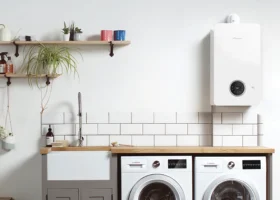


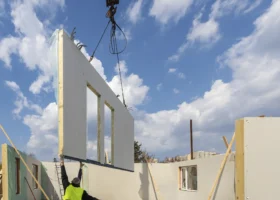
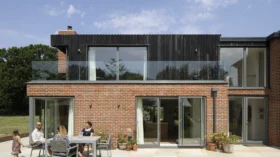
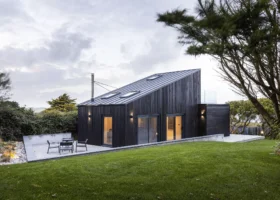
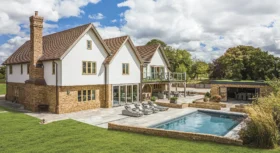
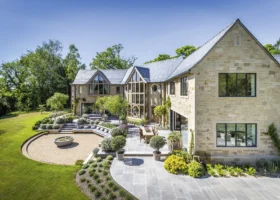
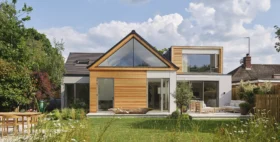






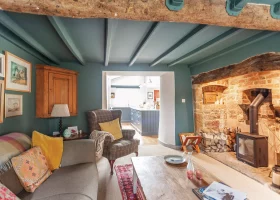
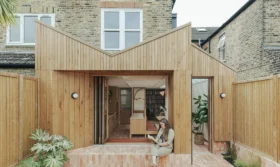
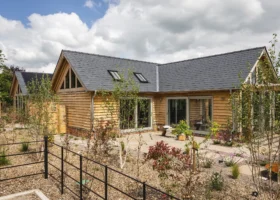
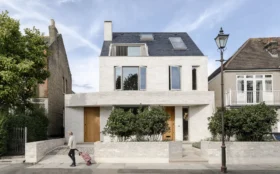

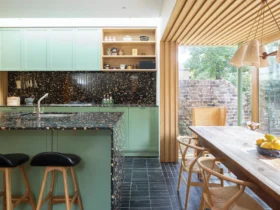


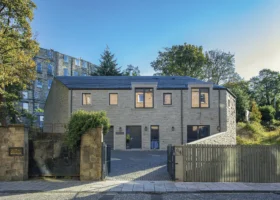
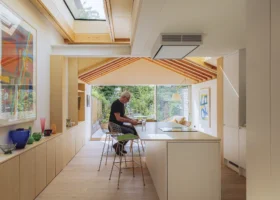
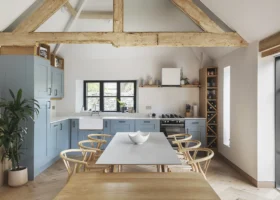

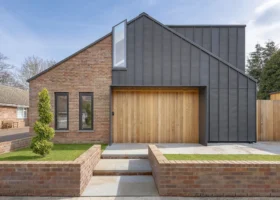



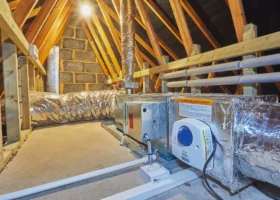
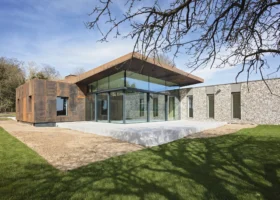
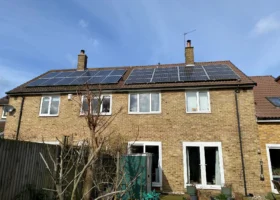

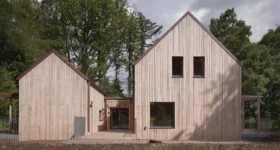
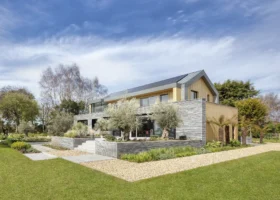

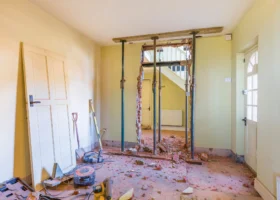
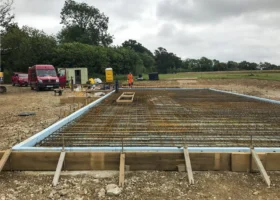

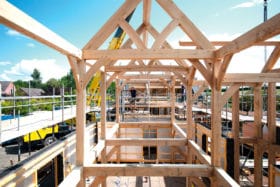
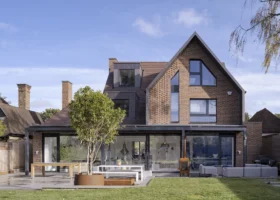
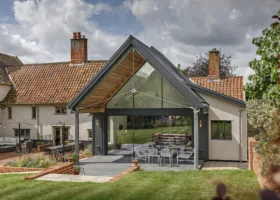
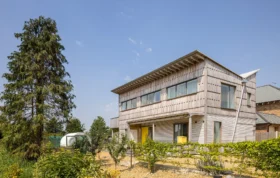
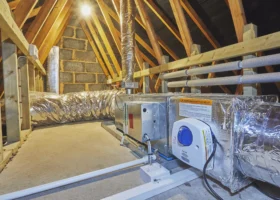
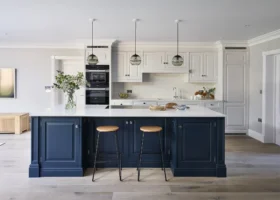

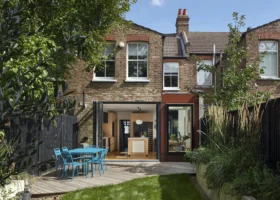


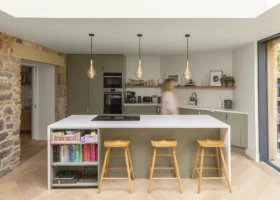
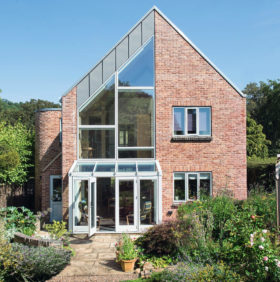
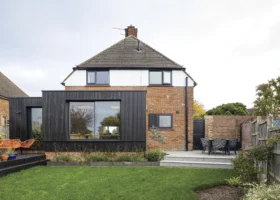
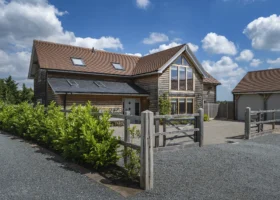




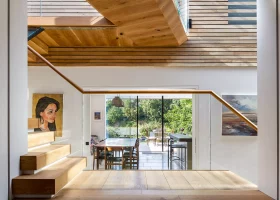
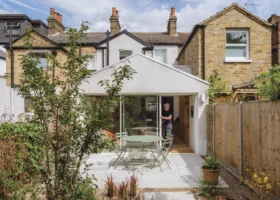

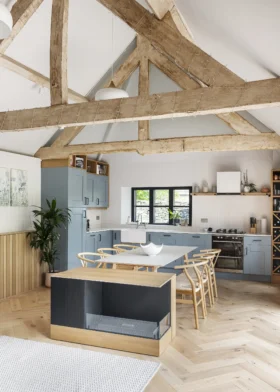




















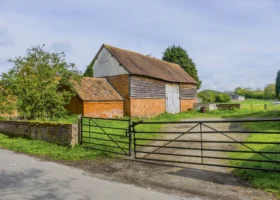
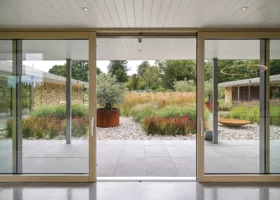



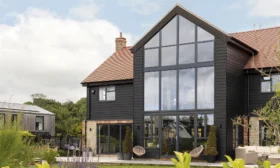











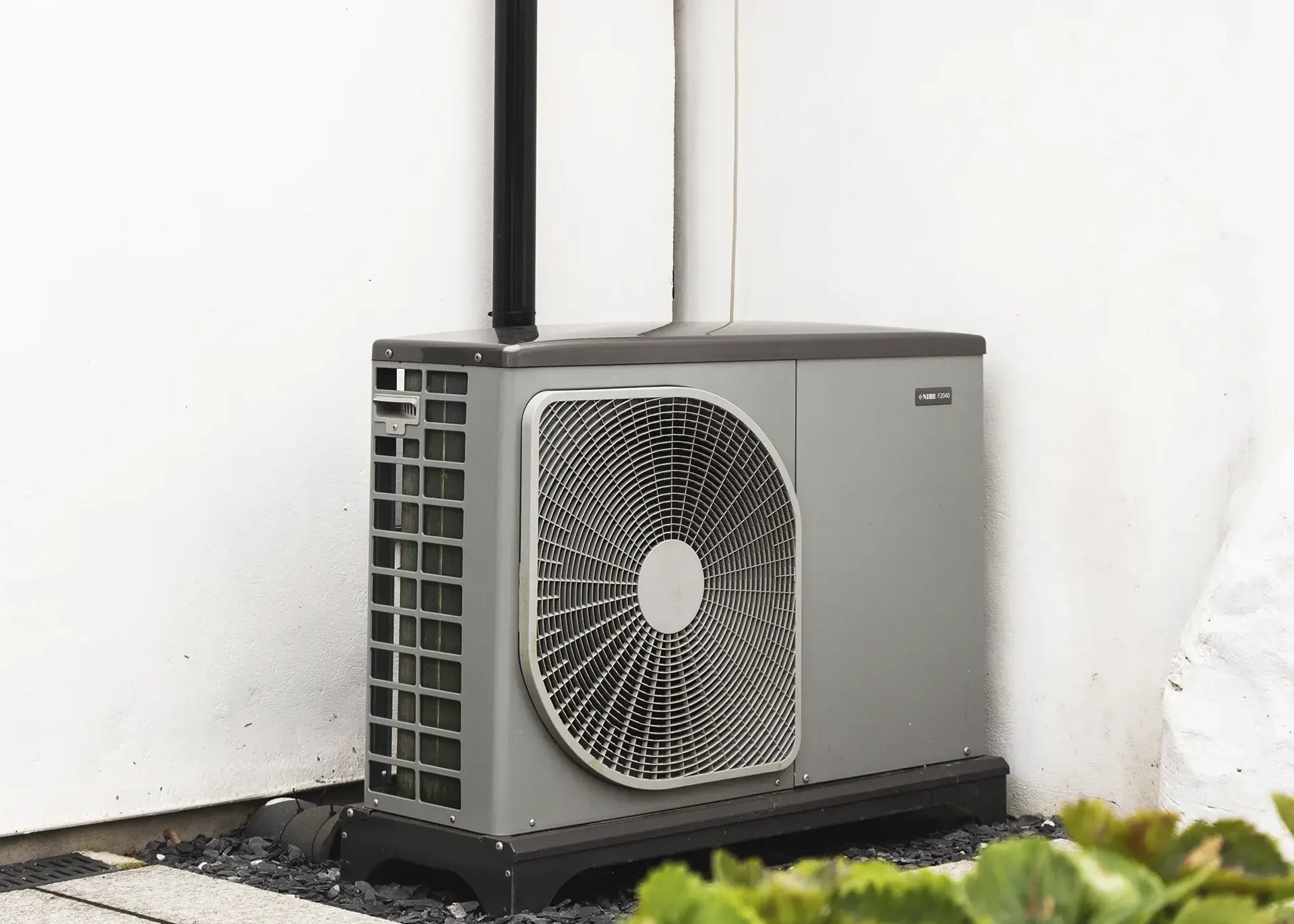
 Login/register to save Article for later
Login/register to save Article for later


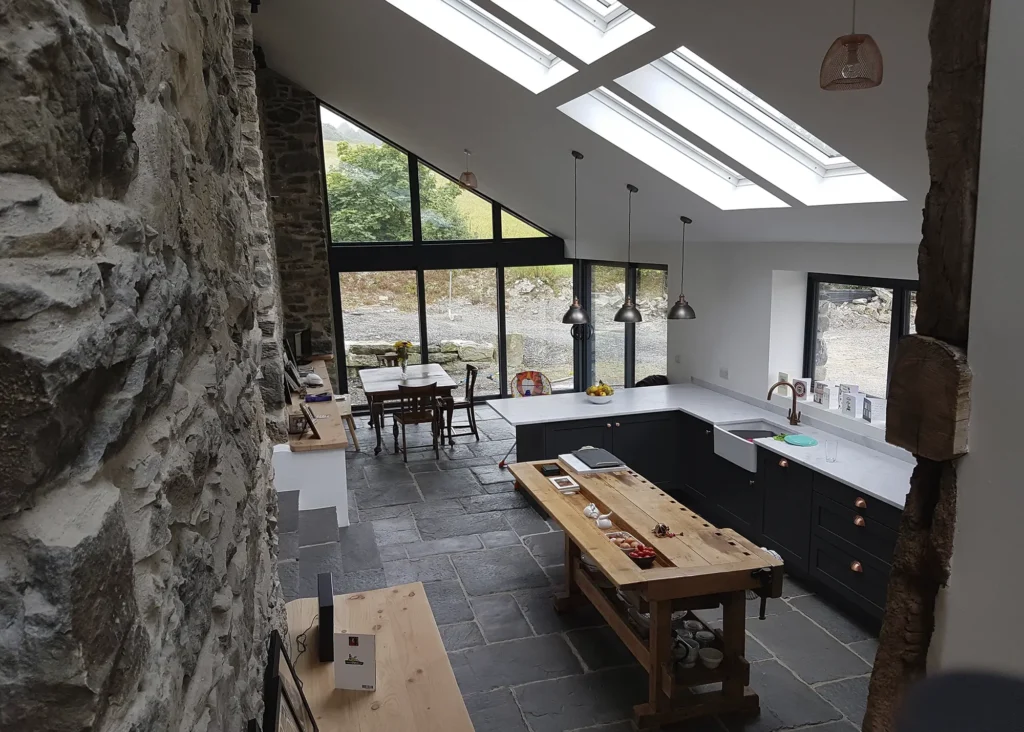
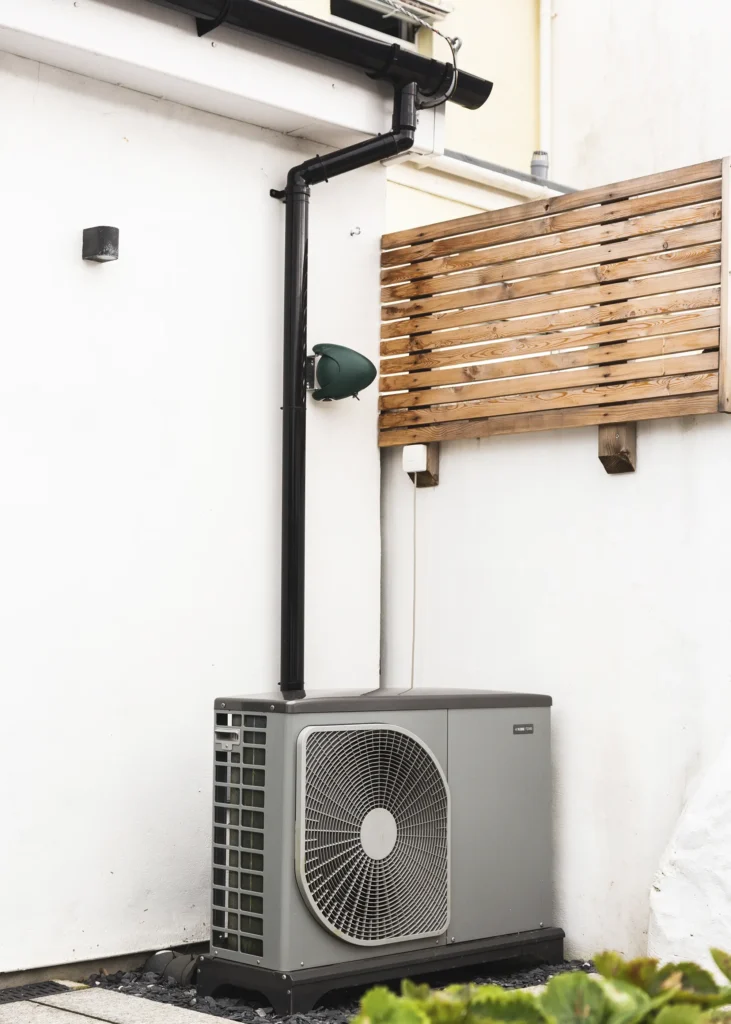

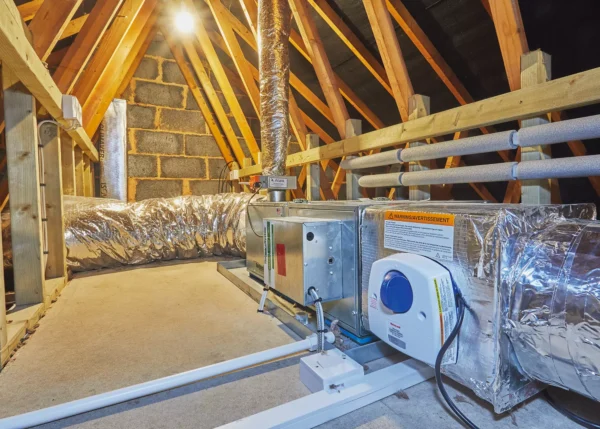
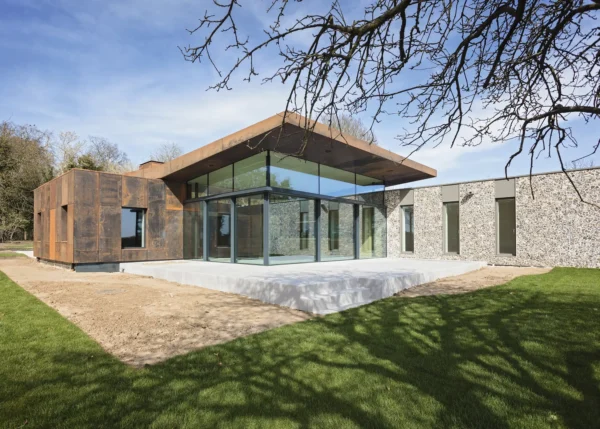
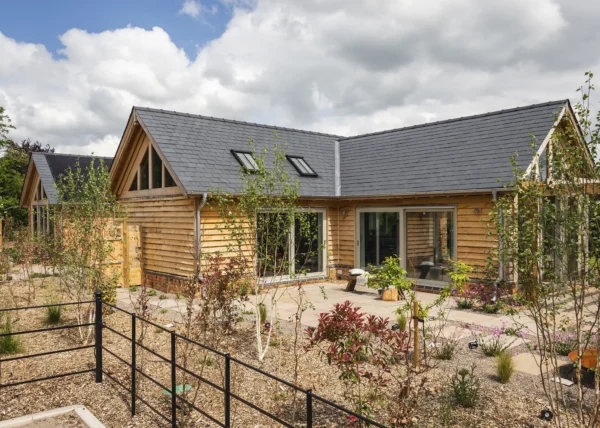
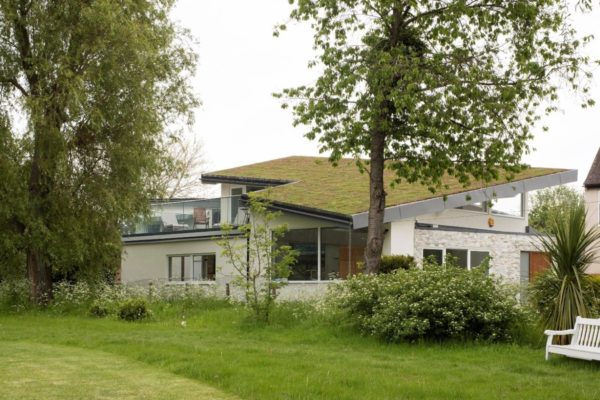
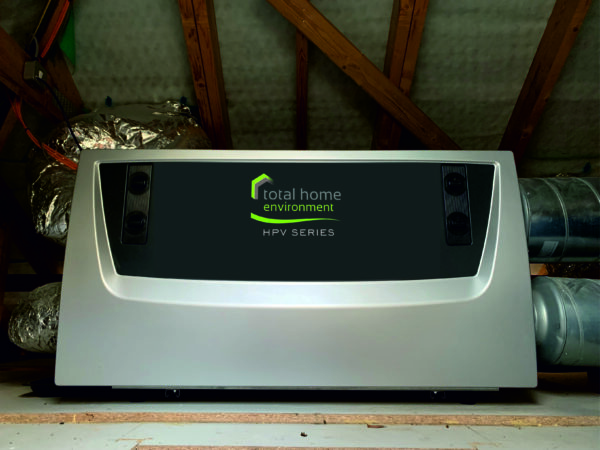
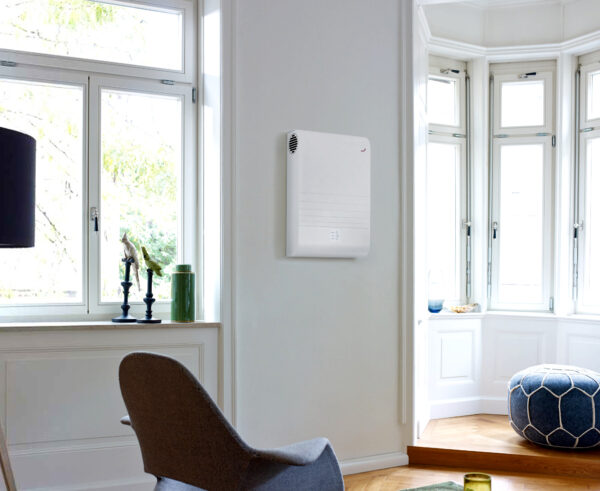
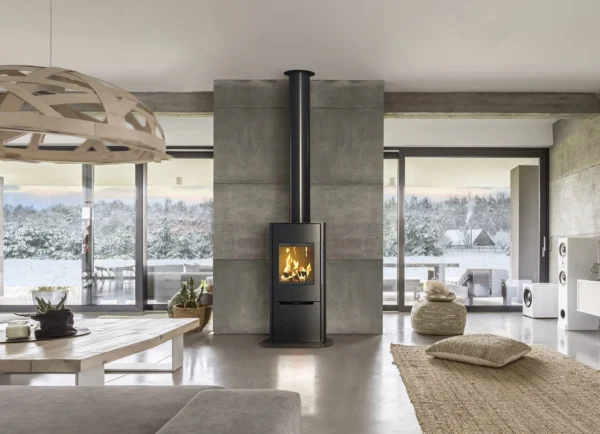




This article interests me with regard the grant. I am doing a new build with underfloor heating which after discussion with the building manufacturer that SIPS and MVHR will mean no need for upstairs wet heating, we decided to locate just downstairs. Heat would spread through the rest of the building naturally.
However, when talking to a supplier of underfloor heating and ASHP, I was told that I would need upstairs heated too in order to qualify for the BUS grant. He said 90% of the home needs to be heated to qualify. This seems rather an odd requirement. I thought from reading the qualification to join that the primary source of heat and hot water had to be from the heat pump… Which it would obviously be.
Is the 90% thing actually the case for inclusion in the grant?
Many thanks.
Many
I am really curious as to why no one here in UK ever talks about Air to Air heatpump options.
I got introduced to these in New Zealand where no one seemed to need central heating before 1990(!), at which point they didn’t bother putting expensive and disruptive pipework and radiators everywhere, but jumped straight to the new technology of Air to Air Heatpumps. Cheap to install and really cheap to run, they also take up no wall space, and have the added advantage of offering cooling in the summer months (or weeks, in our case here in UK). They heat a room in minutes, and every room can be controlled individually.
I’ve installed them in two London homes so far. I ordered the units cheaply from a distributor in Tyneside; had my contractor do the minimal work of installing the requisite electrics, piping and drainage; and had a air conditioning outfit come and do the commissioning to start them up. All for considerably less than a standard boiler and central (or underfloor) heating system.
I do realise that there remains the question of heating the water used in the house for bathrooms and kitchen; but there are a growing number of affordable and efficient electric options to take care of that.
Some people may not like the idea of “air conditioning” units blowing warm air inside their homes, and not all properties will not be suited to these; but when asking plumbers in this country why no one suggests them, I am told ridiculous things like “they produce the wrong kind of heat”, or, more commonly, “they’re massively expensive”.
Can you offer an unbiased assessment of these as an option in one of your editions please?
Hi Dominic. Thanks for your comment and for sharing your experience of air-to-air heat pumps. We’ll reach out to some of our heating experts and have a think about what we could do!
Best wishes,
Chris Batesmith (Build It Content Director)
Hi Ben,
Thank you for your comment.
You’re quite right that heat does spread upwards naturally and some people therefore choose not to put radiators upstairs in highly insulated buildings. My advice is usually to err on the safe side, and to lay the pipework for radiators upstairs while the house is being built – as this is easy and cheap to do. If you find that the heat doesn’t reach some places – or perhaps you want a bathroom to be warmer, then it’s simple to connect a small radiator later.
As to qualifying for the BUS grant, if the whole house is being heated by the downstairs distribution system, this should not disqualify you. I could not find this clause in the Regulations or in the BUS Guidance to Property Owners (V4). Any such clause would be here to stop people claiming a grant and then having 2/3 of the building heated by a fossil fuel boiler! I did speak to Ofgem, and they confirmed that there is no such requirement in the Regulations. However, they would expect the installer to take the proposed distribution system (and its extent) into account in their heat loss calculations.
Best of luck,
Nigel Griffiths (Built It’s Eco Expert)